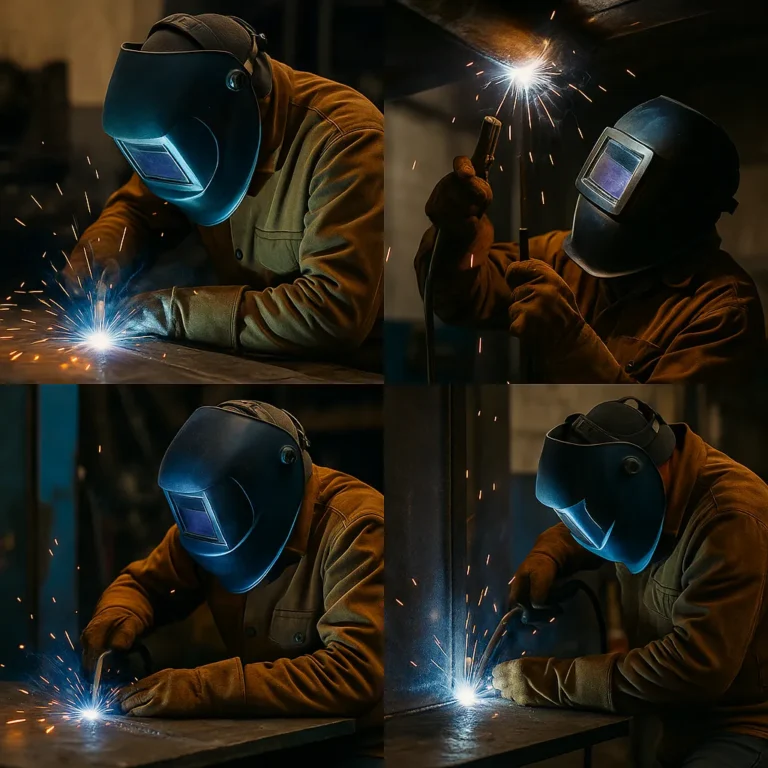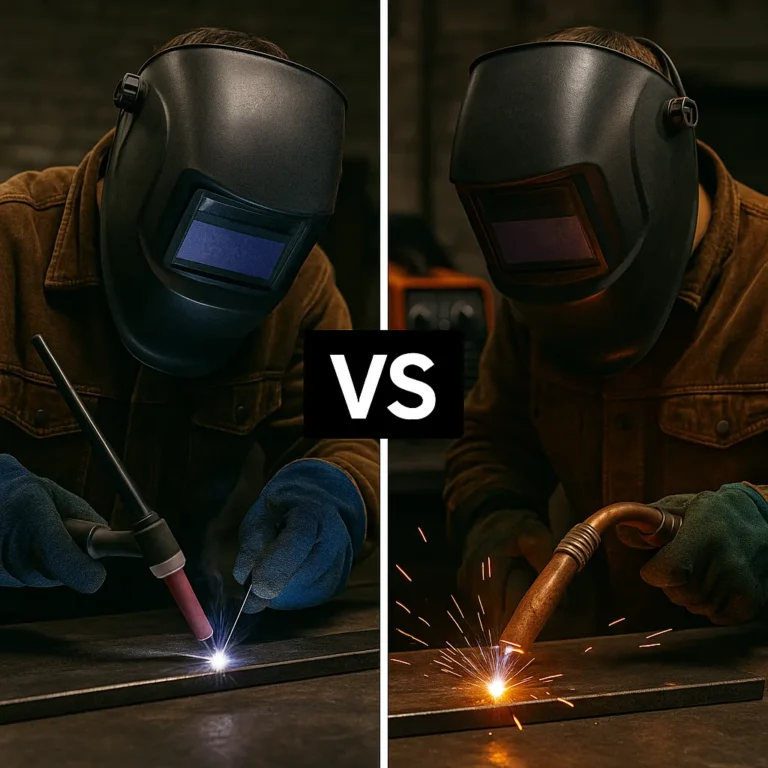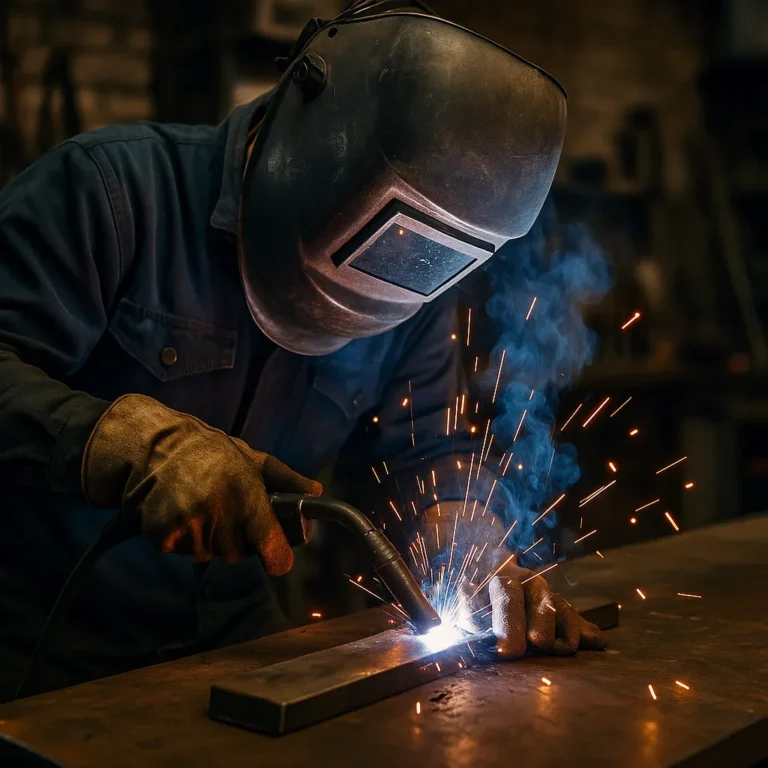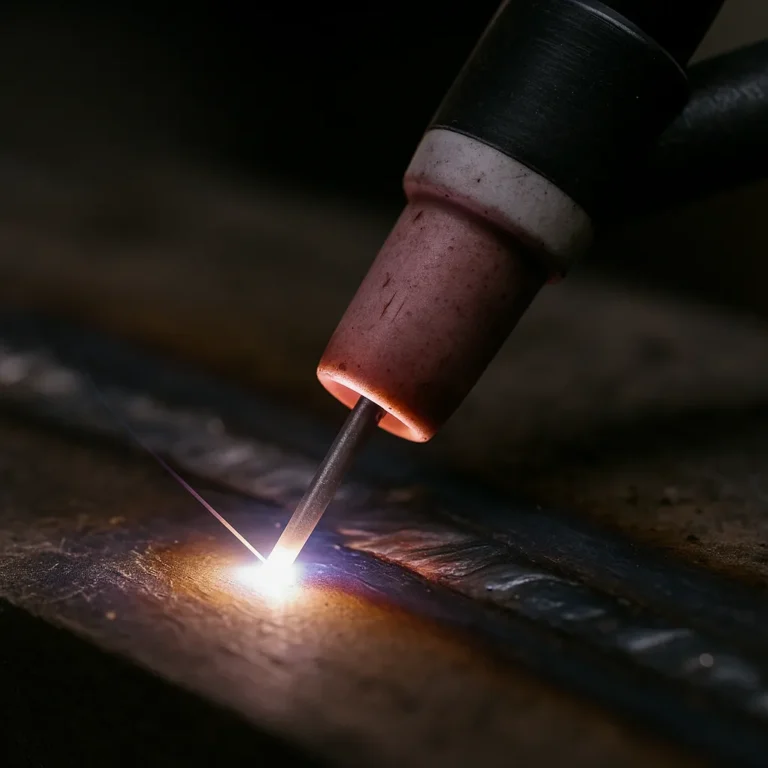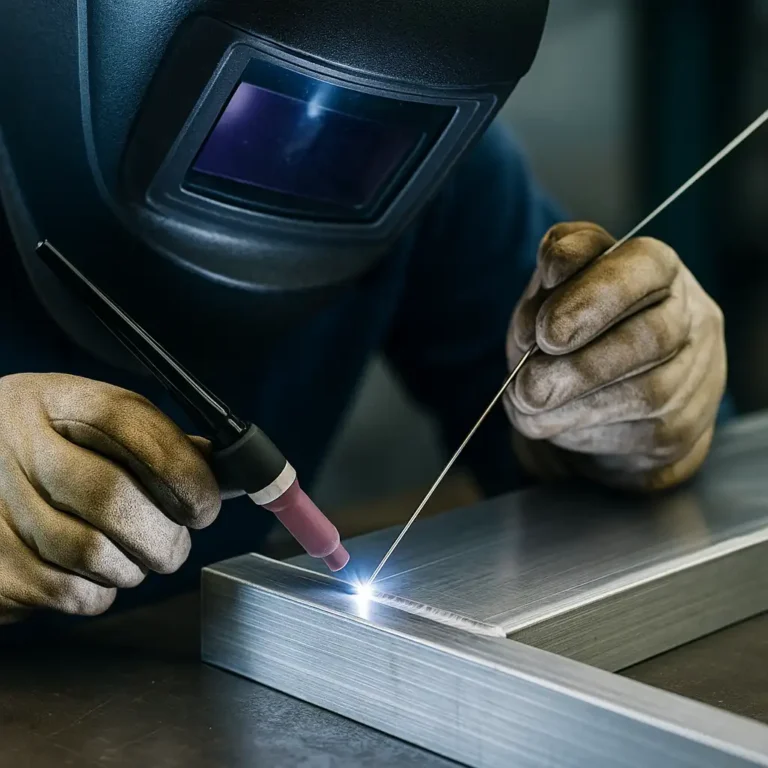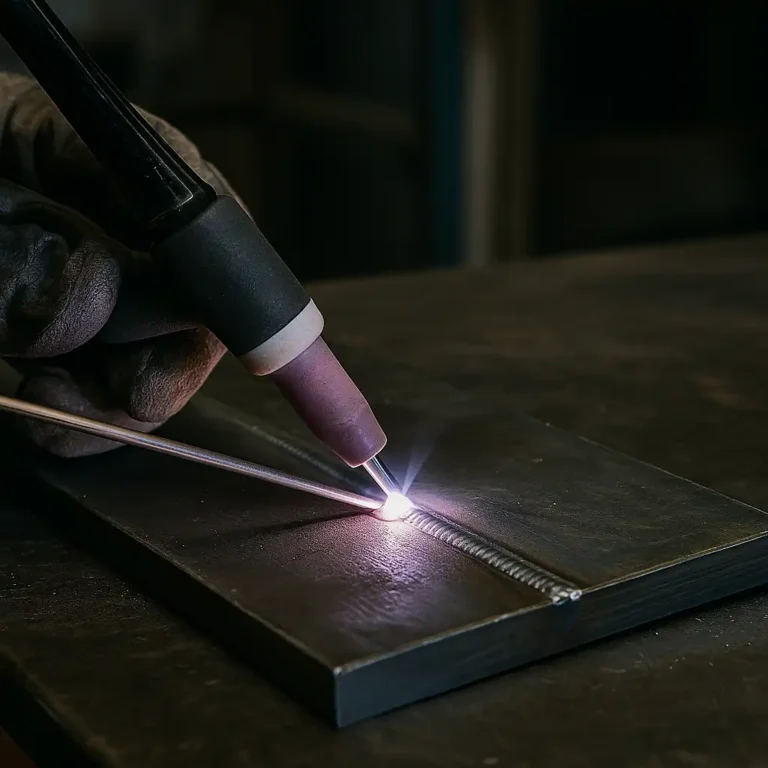Welding Positions and Techniques: Master Every Angle Like a Pro
Welding is more than just striking an arc—how and where you weld makes a huge difference in the outcome. Whether you’re laying beads on a flat bench or reaching overhead to patch up a frame, mastering different positions and techniques is essential for strong, clean welds. Each welding position brings its own challenges. And knowing…

